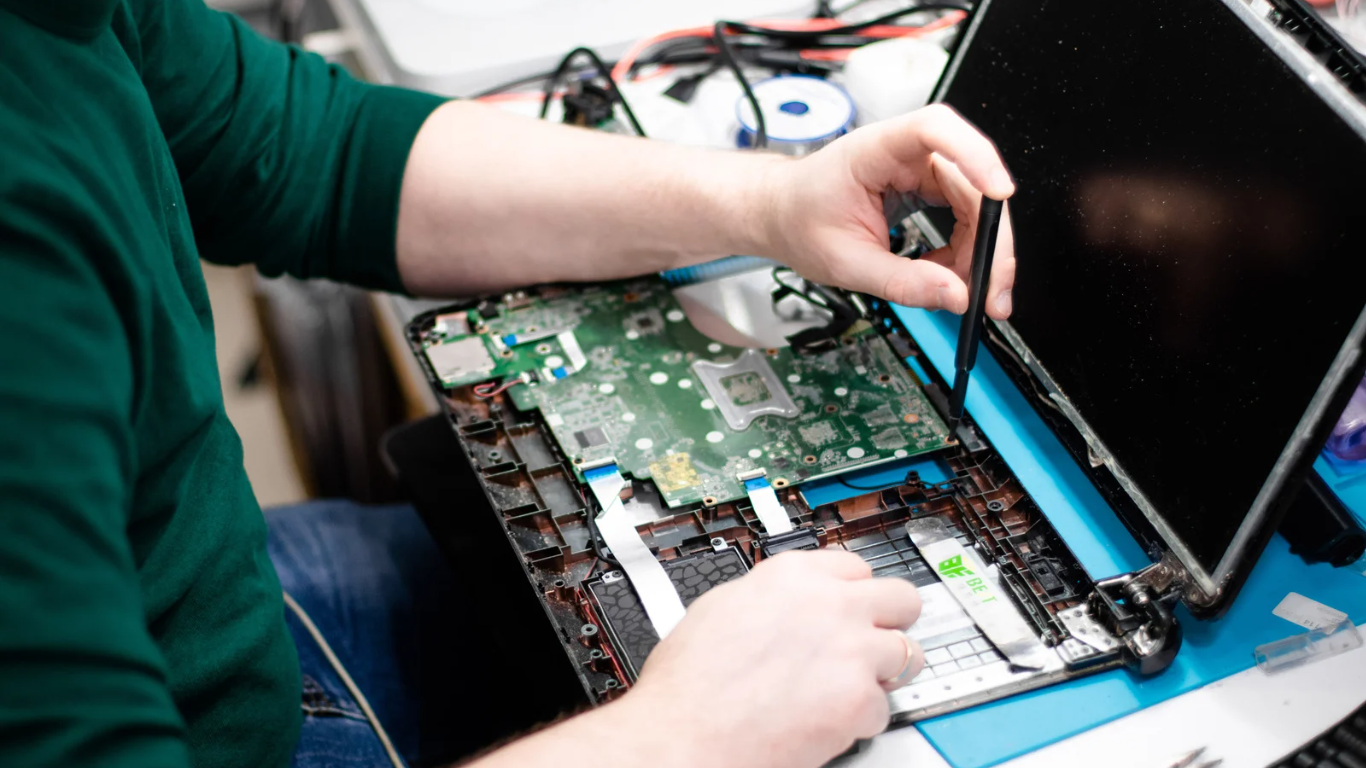ECO (Engineering Change Order)
In the field of integrated circuit (IC) design, when we talk about ECO (Engineering Change Order), we’re referring to the process of modifying or improving a design after its initial implementation. You might often hear terms like “Metal ECO” and “Base ECO.” Let me explain what each of these means:
Metal ECO and Base ECO
Metal ECO, also known as “Metal Layer Engineering Change Order,” involves making modifications to the metal layers of an IC design. Metal layers are used for interconnecting various components and routing signals within the chip. Metal ECO typically involves changing the metal wiring, adding or removing metal segments, or modifying metal structures to address design issues, improve performance, or fix errors discovered during the design verification stage.
Metal ECOs are often performed at later stages of the design flow when more detailed information about the design’s behavior and performance is available. These changes on the metal layers aim to resolve timing violations, reduce signal integrity issues, improve power distribution, or optimize the layout for better manufacturability.
Base ECO: Base ECO, also referred to as “Base Layer Engineering Change Order,” involves making modifications to the base layers of an IC design, which include active devices (such as transistors), polysilicon, diffusion layers, and well implants. Base ECOs are typically performed to address issues related to the circuit’s functionality, performance, or power consumption.
Base ECOs may involve changes to the transistor sizes, adjustments in the placement of active devices, modifications to the diffusion regions, or alterations in the doping profiles. These changes are made to optimize the electrical characteristics of the circuit, improve circuit performance, or resolve functional issues identified during the design verification process.
Both Metal ECO and Base ECO are part of the iterative design process, allowing designers to refine and enhance the circuit implementation as they progress. These engineering change orders help ensure that the final design meets the desired specifications, adheres to design rules, and achieves the desired performance, functionality, and manufacturability.
It’s worth noting that the specific terminology and usage of ECOs can vary across different design teams, companies, or projects. The terms “Metal ECO” and “Base ECO” may be used interchangeably or with slight variations depending on the design methodology and conventions employed in a particular context.
